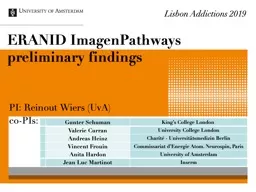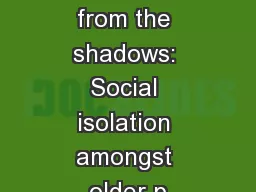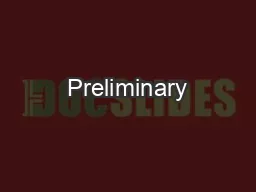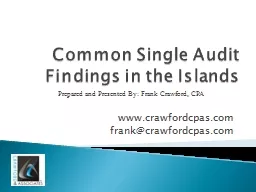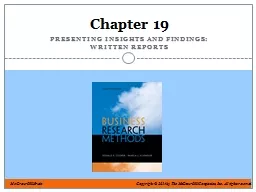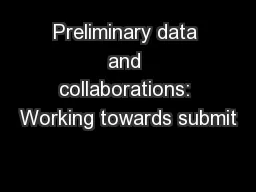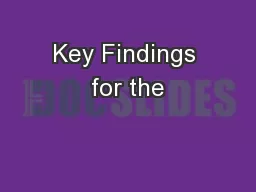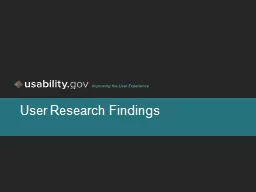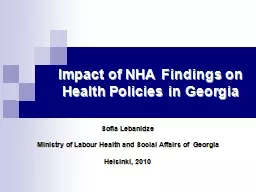PPT-ERANID ImagenPathways preliminary findings
Author : WannabeRockstar | Published Date : 2022-08-04
PI Reinout Wiers UvA coPIs Lisbon Addictions 2019 Gunter Schuman Kings College London Valerie Curran University College London Andreas Heinz Charité Universitätsmedizin
Presentation Embed Code
Download Presentation
Download Presentation The PPT/PDF document "ERANID ImagenPathways preliminary findi..." is the property of its rightful owner. Permission is granted to download and print the materials on this website for personal, non-commercial use only, and to display it on your personal computer provided you do not modify the materials and that you retain all copyright notices contained in the materials. By downloading content from our website, you accept the terms of this agreement.
ERANID ImagenPathways preliminary findings: Transcript
Download Rules Of Document
"ERANID ImagenPathways preliminary findings"The content belongs to its owner. You may download and print it for personal use, without modification, and keep all copyright notices. By downloading, you agree to these terms.
Related Documents

